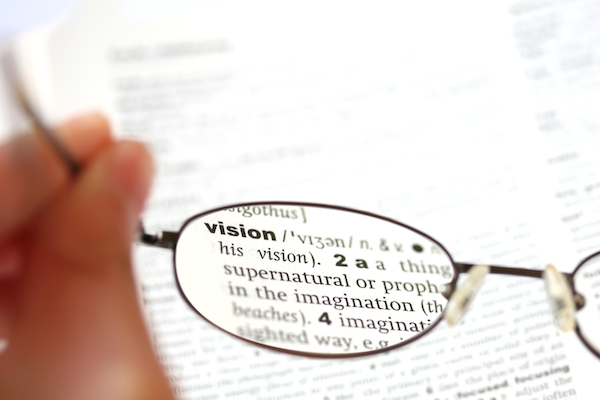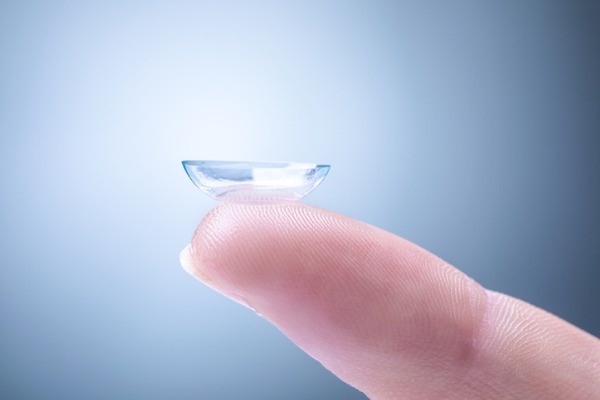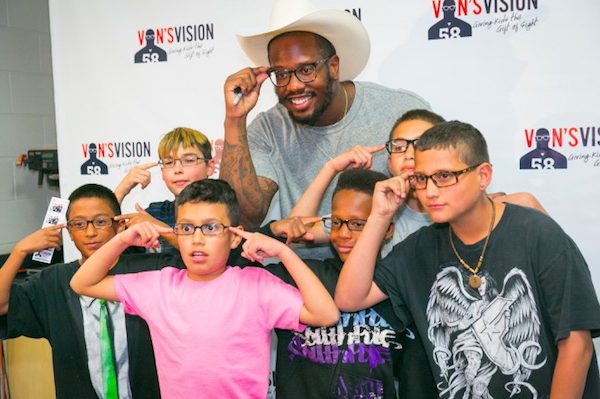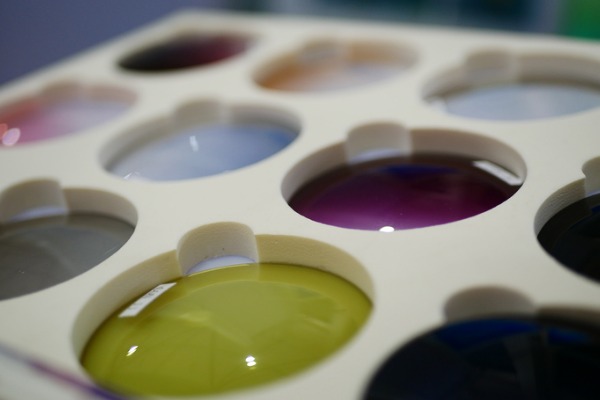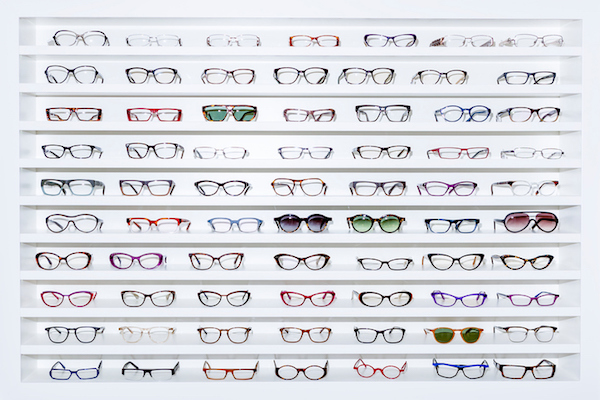
Finding the Right Pair of Eyeglasses for Me
When faced with a choice, you should always trust your eye doctor along with your own personal flair and individuality
With so many different types of glasses available these days, it’s hard to know where to turn for good advice on making a purchase. Add in the high-end brands and crazy prices, you may be out a few bucks if you accidentally lose a pair. It’s good to keep a couple pairs of glasses on hand, but having too many options can lead to indecisiveness. When faced with a choice, you should always trust your eye doctor along with your own personal flair and individuality.
If you can’t see 20/20 without glasses, an eye exam is the best place to start. Chances are, your doctor will assess all ranges of your vision (distance, intermediate, and near). After the data is collected, a prescription can be issued. Your doctor will then inform you on how often you should wear your glasses, and what they can do for you on a daily basis.
Every time I see a patient for a comprehensive exam, I make it a point to discuss the performance of their vision regarding everyday activities such as reading, driving, using a computer, and athletic endeavors like tennis or working out. Depending on what each patient does most frequently, we can work together to taylor-make a plan.
Outside Factors & Influences:
Age typically factors into our vision needs because our eyes change as we get older. In fact, many people start to notice a decline in close range vision around age 45. If you happen to fall into this category, you have several glasses options. One option is progressive lenses, which correct all ranges of vision (distance, intermediate, and near) in the same pair. Another one is bifocal lenses, which correct distance and near ranges.
Individual work environments also play a role in the decision making process. If you’re in an office all day staring at a computer, certain types of computer-only glasses will not only prevent digital eye strain, but can protect against blue light exposure as well. Additional types of glasses can be prescribed for reading only. Sports goggles can also be prescribed for high intensity athletic activities where your regular glasses might fall off. Many athletes prefer wearing contact lenses, but goggles can be a good option if you’re not a candidate for contact lenses.
If you spend the majority of your day outdoors, you should consider a stronger method of UV protection. Prescription sunglasses may be your best bet. However, if you wear contact lenses, you can get away with a non-prescription pair. When choosing sunglasses, you want a pair that provides maximum protection against both UVA and UVB rays. Polarized sunglasses are great for reducing glare while providing the best UV blocking assistance. You can probably find a pair that fits your style needs as well.
Glasses & Contacts – A Useful Combination:
Contact lenses are obviously another great way to correct vision. But even if you’re comfortable in your contacts, you should still keep at least one pair of glasses handy. The more time we spend in contacts, the less oxygen our eyes receive. A good rule of thumb is to limit your contacts to 12 hours a day. Also, try to wear your glasses one full day per week.
No matter how much time you spend in contacts, you should always take them out at the end of the day. As night falls, it’s good to transition into your glasses for activities such as cooking, cleaning, or watching television. In doing so, you’re giving your eyes at least some time to breathe. Resting your eyes before you shut down is a great way to recharge them for the next day.
The Importance Of Protective Eyewear:
Protective eyewear should always be worn if you work in a risky environment (such as a construction site), or plan on doing any type of home improvement. Several injuries can be prevented from using protective eyewear (please take it from someone who’s had to dig metal out of more eyes than the next person). If you’re not comfortable on the job with a heavy pair of protective glasses, your prescription glasses can be made into protective glasses as needed. A combination of protective and prescription should be able to keep your focus in the right place, instead of always having to worry about two things at once.
And always do your best to follow the rules. If the task calls for protective eyewear, don’t take the command lightly. We all tend to get “too comfortable” in our jobs sometimes, which can lead us to drop our guard. Accidents happen, even to the best people out there. It’s better to be safe, than sorry.


